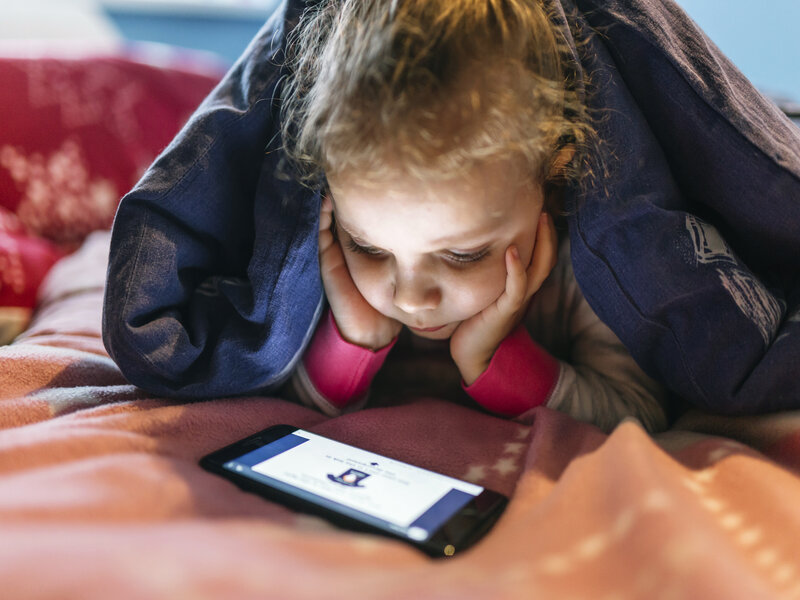Living happy and sane with smartphones and tablets: 5 digital detox essentials
What is a digital detox?
A digital detox is a conscious dettachment from the digital world. Its a new term that will soon become part of our normal vocabulary that defines the desire for a healthy relationship with digital technology while avoiding overuse or unhealthy dependence.
A digital detox isn’t a crusade or a fight against modernity. That would be out of touch and destined to fail. Technology is useful and shouldn’t be demonised – but it needs to be used properly.
A digital detox aims to do just that. It is putting the digital experience in its rightful place – slowing down the frequency and rates at which it is used and, if needed, taking a step back for reflection. Its something we should all do within ourselves – as a first step.
We are now used to having the internet wherever and whenever we want it. Its a disaster if a network doesn’t connect immediately, and we become impatient, fume and lose our cool.
We don’t leave home without our smart phones and use tablets and pcs even as we watch TV or listen to the radio. In short, we’re incapable of being alone, in silence. Its time to learn to pull the plug. A digital detox is needed.
Digital Detox: 5 rules for a happy and peaceful life with Smartphones and tablets
To start your pain-free digital detox, here are 5 small rules recommended by Family and Media:
- First Rule: take stock of your situation. The first thing to do is figure out your real starting point, the actual level of your addiction. For example, try to count how many times a day you pick up your smartphone, how many times you log on to social media or how much time you spend on your tablet or PC. Take stock of the situation, with the reference parameters, and give yourself a score from 1 to 10 on your level of dependence. It ‘s the first step to be aware of the problem and its magnitude.
- Second rule: set boundaries. Begin the reduction in your digital consumption, starting with the setting of some boundaries. Build a barrier, it could even be a physical barrier and not just a psychological one, between you and your devices. For example, no cell phone use after 10pm, turning it off at night and not having it with you during meals. Or force yourself not to watch television while surfing the internet on your tablet. This physical separation will get you used to using devices less. Once you begin to not notice the annoying presence of your smartphone, even when its away from you, then you are on your way.
- Third rule: set personal “Digital- free zones”. Indentify parts of your home where technology is not allowed. For example, the bedroom and the bathroom. Or at the kitchen table. Enjoying each others company at mealtimes in the family which must be protected. This will help in the smooth and gradual reduction of digital use. This rule should apply even when you are away from home. For example, put yourself to the test and try to take advantage of the weekends or vacations to break away from smartphones and tablets. Don’t look for wi-fi zones and if you can, disable internet from your mobile phone when it is not needed.
- Forth Rule: Learn to resist temptation. Resisting the temptation to pick up your smartphone and type compulsively is tough, especially the first few times. And what about the temptation to send a tweet or write a post, with selfies attached? But the self restraint is worth it. But how can you do it? Open a book, get out of the house and take a walk, go to the movies with a friend, sign up for a cooking class or go for nice run in the park. And if you really can not resist the temptation, one old trick always works: lock your smartphone in a drawer and put the key in a box, on a higher ground that cannot be easily reached, such as the closet. This obstacle will weaken the temptation to give in.
- Fifth rule: turn off notifications. This last rule is one of the most important. Learn to turn off all email, app, social network notifications. This way, you’ll lessen the need to check for new notifications every 5 minutes. Expecting messages and notifications creates a continual state of anxiety, and reduces our ability to concentrate.
Make your own digital detox rules
28% of people scan Twitter even before getting out of bed, according to a recent study by the Pew Research Center. We are connected before being completely awake, dressed and on our feet: this is the absurdity!
We are now swamped in a continuous hyperconnectivity that makes us fear silence and loneliness, an empty space of a room. The bottom line is that the more connected we are, the more we feel like we need to be. We have “ghost ring” hallucinations, where we hear ringing, notification alerts, or even phone vibrations even when they don’t exist.
Instead of living in the moment, like enjoying a beautiful sunset or breathing in the morning breeze, we feel the urgent need to share it with others in the form of a tweet, a video or a post. We must begin to digitally detox ourselves. Sometimes, willpower is not enough, and clear strategies are needed to reclaim our lives. Here we have suggested five but without a doubt, you have others that are even better.
Write to our email info@familyandmedia.eu and let us know your digital detox suggestions. We’ll be delighted to publish and share them with other readers!















